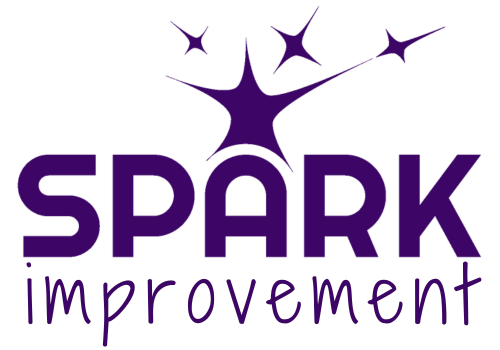How Drawing Toast can help you solve problems
This is an annual conference, organized by True North Excellence, created to inspire through sharing best practice, building new networks, and experiencing best in class learning.
I delivered a workshop to around 75 delegates, titled ‘Solving the Biggest Problem with Problem Solving’.
To summarize the content, I believe the biggest problem with problem solving is that teams often jump straight into trying to find the root cause of a problem, without taking the time to properly define the problem up front.
They run off down a path, trying to figure out why the problem is happening, without first determining where they are, what is ACTUALLY going on and where they are trying to get to.
Teams can get bogged down with opinions and tangled in emotions, and end up going around and around in circles because they are not clear on what they are trying to solve.
So, my workshop focused on the steps to take to clearly define a problem.
The first step I recommend is to do a Go-Look-See-Ask (covered in this article).
Next, I suggest teams use process mapping to visualize the process and determine exactly where in the process the problem is occurring (more on this in this article).
This was a practical workshop, and so here I used the brilliant ‘Draw Toast’ workshop developed by Tom Wujec. Tom has a fantastic TED talk explaining the activity, and also has resources and templates on his Draw Toast website.
For the purposes of the workshop, I broke the activity into three parts as follows:
I asked the delegates to work individually to draw a picture of how to make toast. I asked them to use no words and to try to illustrate the important actions to someone who has never made toast before.
Each delegate had a sheet of A4 paper and I gave them around 3 minutes to complete the task.
When they were done, we stuck all the drawings up on the wall of the room and stood back to take a look.
The first thing people commented on was how different the drawings were. Even when considering such a simple process, there were 75 very different images.
Some were detailed, going back as far as the farming of the wheat to make the flour.
Others were very simple with a drawing of a toaster and some bread.
Some focused on the end user and their delight to receive the toast.
Others focused on the equipment – toaster, grill or fire (seriously does anyone actually make toast over a fire??) – and tools required.
Some were difficult to interpret, others were clear.
The point is, this is a super simple process, yet still we had multiple different versions of how to make toast and a multitude of different ways of presenting the same thing.
Here I asked the delegates to again work independently to draw a picture of how to make toast, but this time to use a sheet of A3 paper and some small square sticky notes.
Again, when they were done, we stuck them up on a wall alongside the first set of drawings.
Straight away you could see how much clearer these maps are to interpret.
By using the sticky notes, you are forced to break the process (of making toast) down into discrete steps.
In addition, the fact that you can quickly and easily rearrange the sequence of the sticky notes means that the drawings end up more accurate and have more detail.
In the final part of the activity, the delegates worked in groups of 5-6 people – again drawing a picture of how to make toast, but this time using larger square sticky notes on sheets of flip chart paper.
The room got quite noisy, as the teams argued discussed what should be on their maps. Some debated where the process should start, or whether options and decisions should be included (Type of bread? Degree of toasting? Include butter? Jam?).
One delegate argued that the butter should go on the bread before toasting.
We all shook our heads and glared at this guy.
I mean, really???
Seriously though, it was really interesting listening to the conversations that the groups had whilst drawing the maps. They challenged each other, discussed and debated different ideas, and modified their maps to incorporate different people’s points of view.
Tom Wujec explains that this part of the exercise starts off messy, and then gets messier, before the teams start to get to a consensus and agree what is included and how it fits together.
When we stuck them up on the wall you could see that there was now a higher degree of consistency between the various maps.
They broadly followed a similar pattern, with similar boundaries and similar steps. They were generally all clear and easy to follow.
The Draw Toast exercise demonstrates the benefits of using sticky notes to build process maps and highlights the need to build them as a team, with a diverse group of people involved in the process.
The exercise shows that the conversations that the group have when creating a process map build a far deeper and richer understanding of the process, helping those involved understand the process from other people’s perspectives.
So, if you want to use process mapping more to help you solve problems, I’d recommend holding a Draw Toastworkshop to help your team or your organization truly understand the value of systems thinking.
If you do, let me know how it goes!










